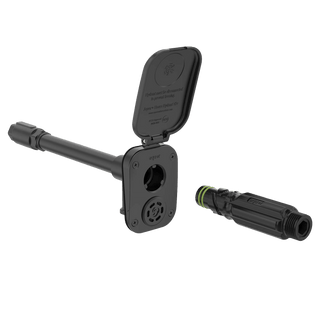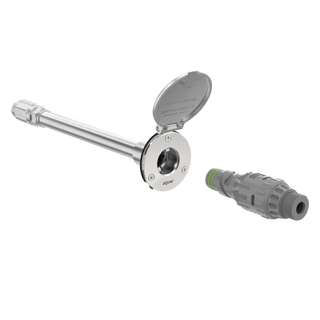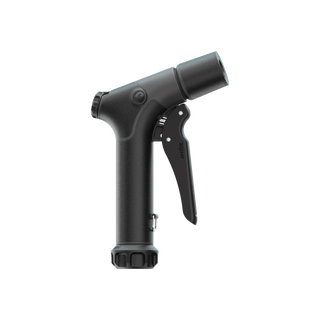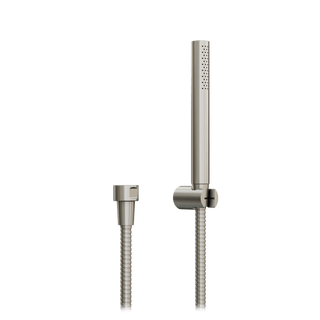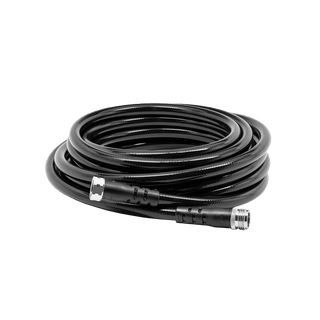How to Winterize Your Outdoor Faucet
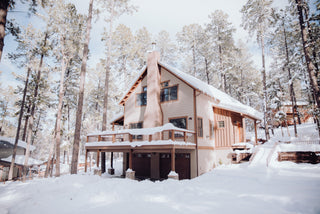
As the weather cools down, you’ll need to winterize your outdoor faucet to protect your home. Frozen pipes can cause a lot of damage (aka full-on flooding), and cost a significant amount to fix.
Traditional Spigots and Hose Bibs

If you have a traditional spigot, secure a foam cover around the faucet. You can pick up foam covers at your local hardware store, or online.

Depending on how cold your climate may get, consider shutting off the water supply to your faucet first. There is often a lever or knob located on the plumbing leading up to the faucet. This lever is usually visible if your plumbing extends out into a basement or crawl space. If your plumbing is all within your walls, check for a box located outside near your street containing the water shutoff. Simply push the lever (or turn the knob) clockwise to cut off the water supply. Disconnect hoses that are still attached to your outdoor faucet, as water may be sitting in the hose or stem if not completely drained out. Then turn your spigot on outside to release any excess water that may be in the pipes. Traditional spigots are not frost-free, so they require extra protection. Frost-free sillcocks and Aquor House Hydrants will reduce the number of steps needed to winterize and protect your home more thoroughly.
Frost-free Sillcocks

Unlike traditional spigots, which reside entirely on the exterior of your home, frost-free sillcocks extend into your home’s walls where the water shuts off in an insulated area. If your region drops below freezing, utilize a foam cover for extra protection. Very cold climates may require shutting off the water supply as well. It’s always worth taking extra precautions to mitigate the chance of frozen pipes.
Aquor House Hydrants

To winterize Aquor's hydrants, simply unplug the hose connector—that’s it! The freeze-proof outdoor faucet automatically drains and winterizes upon disconnection within seconds, every time. No foam covers needed! Aquor’s hydrants are composed of marine-grade stainless steel, which is 7x more effective than brass when it comes to freeze resistance. The hydrants are available in six standard lengths, as well as longer custom lengths for very cold regions. The hydrants can extend deep into your home where the warm interior helps prevent freezing. If you live in a region comparable to the Arctic Tundra, invest in a custom-length hydrant and turn your water supply off when needed. Thankfully this won’t be the case for the majority of the population.
 Do yourself (and your home) a favor by planning for winter now. If you live in a temperate climate your outdoor faucet may not risk freezing, although it can still leak. Replace your old outdoor faucet with a quality hydrant to ensure peace of mind, all the time.
Do yourself (and your home) a favor by planning for winter now. If you live in a temperate climate your outdoor faucet may not risk freezing, although it can still leak. Replace your old outdoor faucet with a quality hydrant to ensure peace of mind, all the time.
Interested in more helpful tips and tricks?
Troubleshoot common outdoor faucet issues.
Figure out what to do if your home’s pipe bursts.
Learn how to replace an outdoor faucet.
Discover the best frost-free outdoor faucets.


